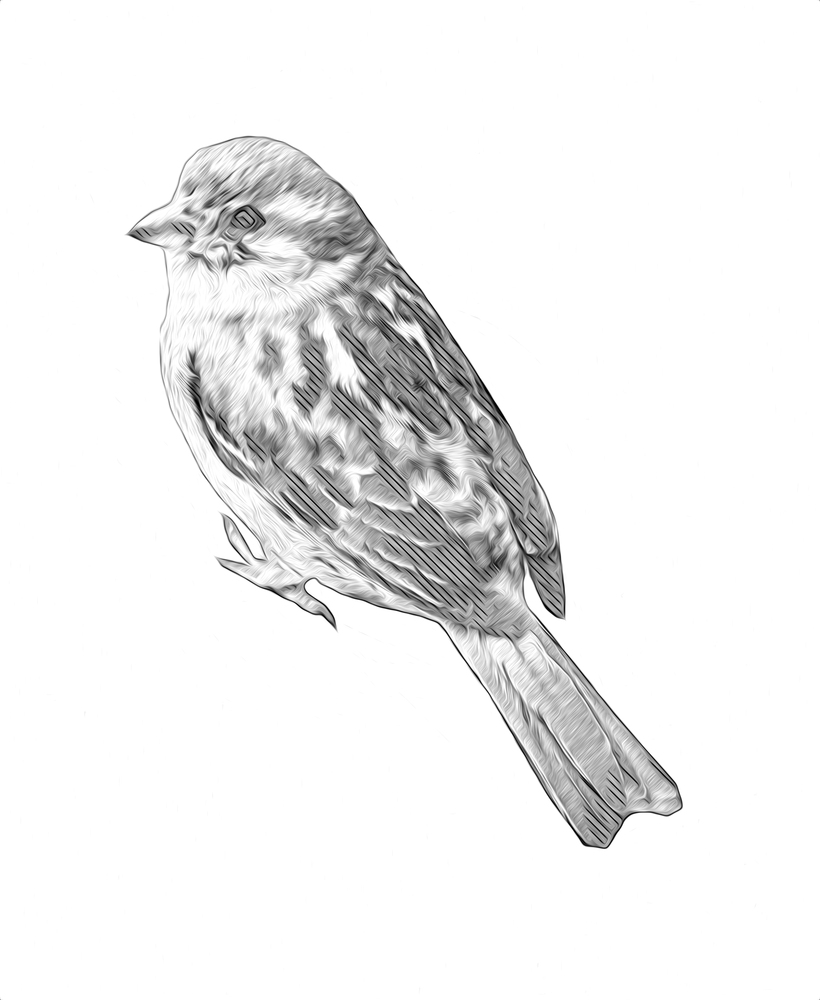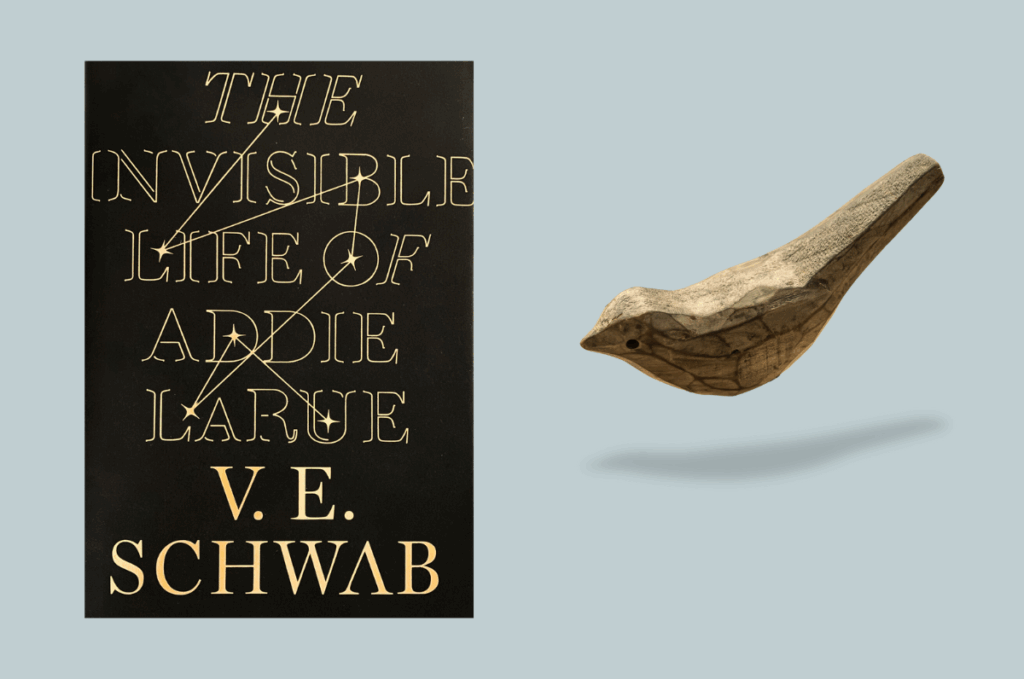I don’t cry when reading fiction.
Controlling outward displays of emotion when it comes to books, movies, and indeed life in general has always been a point of pride for me. But that all changed when I devoured V.E. Schwab’s The Invisible Life of Addie Larue, which left me a weepy mess.
Published in 2020, this novel isn’t your average historical fantasy. It’s a gut-wrenching exploration of what it means to exist in a world that constantly forgets you.
Spanning from 1714 France to present-day New York, the narrative follows Addie Larue, a young woman who makes a desperate bargain with a dark entity to escape a looming arranged marriage.
The cruel price of Addie’s freedom is that although she can interact with people normally, the instant she leaves their sight, she vanishes from their memory completely. Romance under such conditions becomes nearly impossible. Imagine if, every time your love interest left the room or fell asleep, you were forced to start over…
“Good morning, sir. You have no idea who I am, but we had a wild romp in the hay last night, and now I’d like to make you breakfast. Bacon and eggs or oatmeal?”
Imagine!
Schwab further enhances her unique premise with interesting visual elements throughout the book.
Each of the seven Parts opens with a small line-drawing of a fictional artwork or, in one case, sheet music. Below each illustration is a detailed entry describing the piece and its origin. These artifacts trace Addie’s subtle influence through the centuries, becoming a powerful metaphor for how art allows us to leave pieces of ourselves behind, even when we’re gone.

These artistic breadcrumbs reveal that while no one can remember Addie, her impact endures through others’ creative works. In this sense, the story is less about Addie being invisible than it is about her being forgettable. Thus, watching her struggle against a world that refuses to hold her in its memory is genuinely heartbreaking, and it’s why I felt compelled to share how this story thawed my cold, dead heart. (Just a bit of writerly hyperbole there. My husband would attest to my heart being quite warm and functioning!)
The most unexpected cry-out-loud moment hit me when the words “Come live with me and be my love” appeared on page 85.
By coincidence, just hours before, a friend and I had lightheartedly debated whether dearly departed loved ones might somehow send us signs from beyond. I’d told her how the number 444 had popped up repeatedly after my mother’s death in 2018 (read about it in this article).
Well, that line in Addie Larue turned out to be the exact words from the popular 1973 Roy Clark song Come Live With Me. And it was one of my mom’s favorite songs. Its appearance in the book at that precise moment felt like her presence reaching through the pages right into my soul, reminding me that being remembered is perhaps our only true immortality.
Phew. I need a breather now.
After finishing this book, I’ve found myself in that peculiar state where starting another novel feels almost disloyal. I need time to sit with Addie’s story and to process the feelings it has stirred in me.
⚠️ ⚠️ ⚠️ SPOILER ALERT: Beyond this point, I discuss specific plot details and character arcs. Skip to the last paragraph if you have not yet read this story and are considering doing so.⚠️ ⚠️ ⚠️
The twist of Henry being the one person who can remember Addie struck me as the most poetic reward for enduring her lifelong curse–even if we find out later it wasn’t so straightforward. I adored how Schwab paired these two wounded souls: Addie, doomed to be forgotten, and Henry, desperate to be special and matter to others. How fitting that they find in the other exactly what they most desperately need, resulting in a romance that feels both magical and authentic.
However, it was the complex relationship between Addie and Luc (the evil entity with whom Addie makes her bargain) that kept me feverishly turning pages. Their centuries-long love-hate dynamic generates an erotic tension that I found simultaneously repulsive and seductive. I caught myself enraptured by their toxic connection and admired how Schwab achieved this conflicted response with tasteful subtlety rather than explicit descriptions.
I was similarly moved by Addie’s early struggles when her curse began, cast out alone in 18th-century France where women weren’t allowed to secure lodging or enter establishments without male accompaniment.
Through Schwab’s skillful prose, I felt Addies challenges like they were my own.
Thrown into the same situation, I never would have been able to endure the endless cycle of stealing clothes and food, finding shelter, and pickpocketing. Indeed, I would have relinquished my soul on day three!
Even Addie’s survival tactics in modern-day New York would challenge the average person. For instance, she browses high-end boutiques and calmly walks out wearing designer outfits, her presence forgotten the moment the door closes. Schwab cleverly frames Addie’s laissez-faire attitude toward shoplifting as just compensation for three centuries of hard-earned survival. And honestly, who wouldn’t fantasize about consequence-free shoplifting every day?
Retail therapy dreams aside, I finished this novel feeling both gutted and fulfilled, grateful for its core message.
We all leave impressions on the world, whether through art, the stories we tell, or the everyday moments we share with others. Some books are meant to be read quickly and forgotten, but The Invisible Life of Addie LaRue will most certainly live in my heart forever.
Did you enjoy this review? Sign up to my quarterly newsletter, MJ’s Cabin Crew, for more just like it as well as exclusive sneak peeks, book deals, surveys, contests, and a whole lot of time-bending fun.
